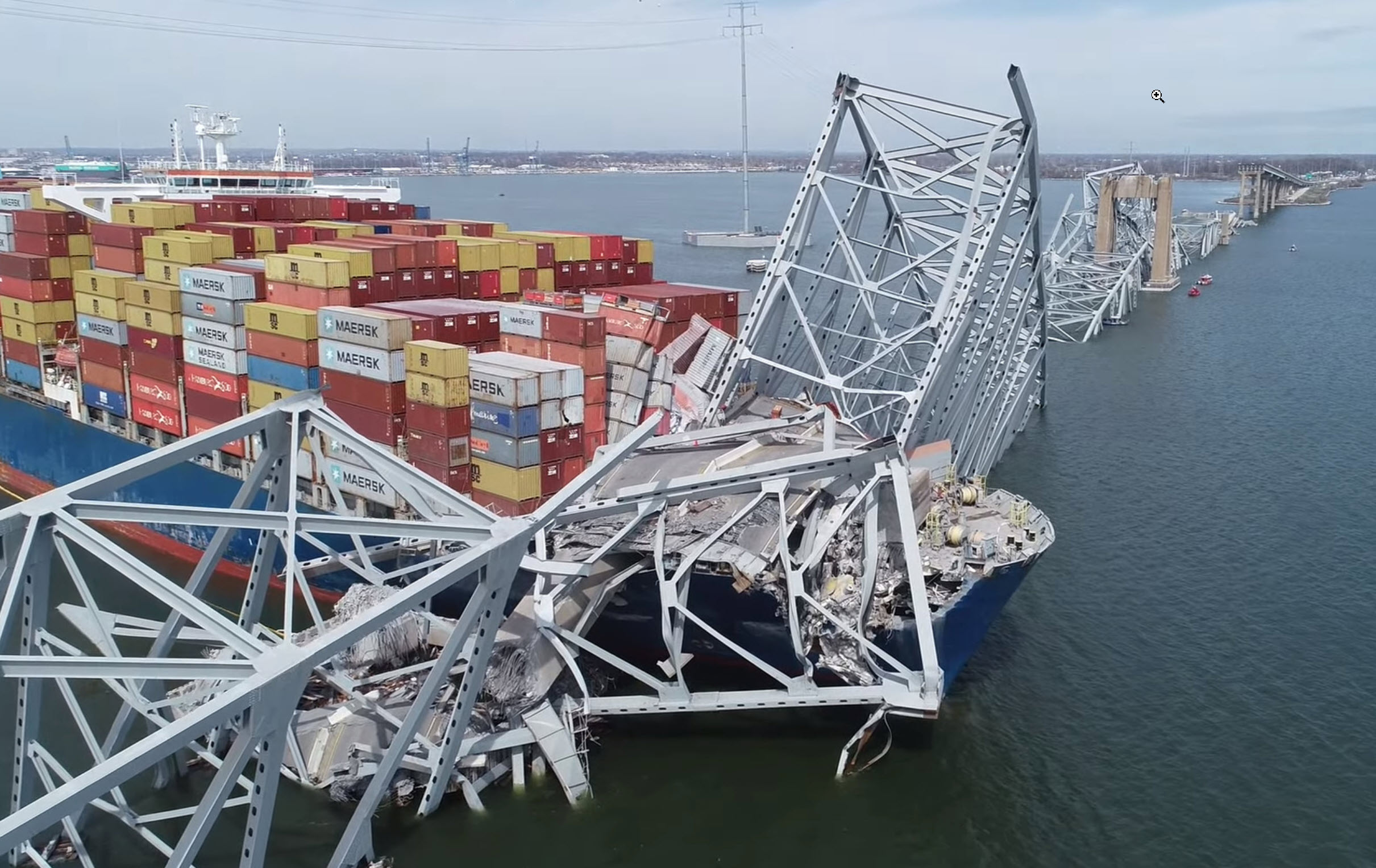The insurance industry, led by Lloyd’s of London, faces a potential record-breaking payout in the wake of the catastrophic Baltimore bridge collapse—a sobering reminder of the immense risks inherent in marine transport and infrastructure.
A Behemoth of Insurance History for Lloyd’s of London
Lloyd’s of London has long stood as an enduring icon in the insurance realm, demonstrating resilience amidst colossal claims. Among the most notable was the payout following the sinking of the Titanic, a testament to the enormity of marine risks that insurers like Lloyd’s contend with.
The Titanic disaster, striking in April 1912, signaled one of the earliest tests of Lloyd’s of London’s fortitude in facing monumental marine losses. The sinking of this deemed unsinkable luxury liner not only marked one of the deadliest maritime disasters in history but also led to an unparalleled insurance claim within the industry. Lloyd’s of London, at the forefront of marine insurance, settled claims amounting to an astounding $1 million at the time—an equivalent of approximately $27 million today, adjusting for inflation.
Unprecedented Marine Disaster
The recent events in Baltimore may surpass all known records in marine insurance payouts, as observed by Bruce Carnegie-Brown, the chair of Lloyd’s of London. A container ship’s collision with the Francis Scott Key Bridge could instantaneously rewrite marine insurance statistics, with grim implications for those lost and colossal financial reverberations.
Ripple Effects Through Industry
The Francis Scott Key Bridge, vital for international trade, is now a chokepoint causing disruption to businesses far afield. Morningstar DBRS’s analysts and Barclays foresee insurance claims spanning from one to four billion dollars, amounts that, while staggering, lie within the threshold of what the insurance market can absorb.
Analyzing Supply Chain Contingencies
With Baltimore being a pivotal nexus for auto imports and exports, global manufacturers are bracing for delayed deliveries, rerouted shipments, and the quest for alternative ports. The tremors of disruption will undoubtedly radiate through international markets, exerting stress tests on logistics networks.
Legal Liability and Claims
Amidst the chaos, scrutiny now falls on the container ship’s operators to unearth causes and assign liability—a process that promises to be complex and prolonged. The chartered vessel, operated by Synergy Group and carrying Maersk cargo, raises multifaceted questions about legal and financial responsibility in marine catastrophes.
Impact on the Auto Industry
In the shadow of global commerce, the auto industry gauges the implications of the bridge collapse. Renowned European car manufacturers anticipate hindered operations, pivoting strategies to mitigate fallout as they anticipate incipient logistic challenges.
Bolstering Resilience
Amidst the foreboding forecasts, companies strive to sustain continuity, seeking solace in diversified transportation routes. The incident underscores the interconnectedness of modern trade and the imperative for robust contingency planning.
Forward-Looking Strategies
In facing the unforeseen, Lloyd’s of London remains steadfast, leaning on disaster scenario planning and the collective strength of the insurance industry. This event will undoubtedly serve as a catalyst for introspection and evolution in risk management.
Preparing for the Future
Carnegie-Brown, representing Lloyd’s, affirms the institution’s readiness to address colossal setbacks such as these. The balance between the inestimable value of human life and the financial parameters of insuring such risks has never been more pronounced. The industry braces itself for a future where vigilance in policy building and vigilant risk assessment become more critical than ever.

